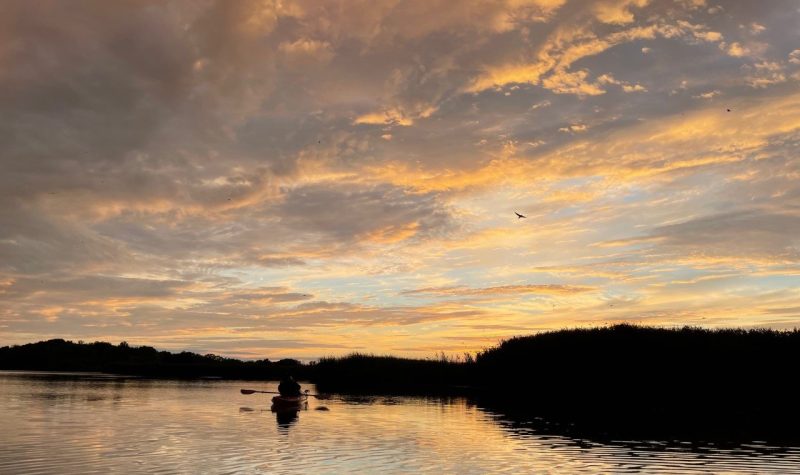With fieldwork days over for the winter months, Six Nations Wildlife and Stewardship Office (SNWS) is looking to continue the growth of the local biological inventory and to update existing information on the area.
During Ecological Land Classification (ELC) fieldwork days, SNWS would try to identify plants and wildlife that are present on Six Nations of the Grand River. Lauren Jones, Wildlife Stewardship Management Assistant for SNWS, said that documenting plants and species has been a priority for the department, as the documented catalogue appears to be outdated.
"We haven't had the capacity to actually go out and assess these things year after year. The most comprehensive thing I have is the biological inventory that was done in 1985," she said
Jones said that COVID-19 also an obstacle that the department needed to navigate, and she's also new to the SNWS role in comparison to former manager Paul General who retired.
During recent fieldwork, Jones said the wildlife office discovered that albino ruby throated hummingbirds were present in the region.
"Albino anything is super rare in natural environment, as you can probably imagine they're pretty easy to pick off and they're very likely to get predated by things because they stand out so much."
Across North America, Jones said that there have been just over 150 albino hummingbirds recognized, so the fact that Six Nations has multiple birds is very rare.
"It's very interesting, they're able to survive in this area as opposed to somewhere else where they're not found at all."
She said she will look to add to Six Nations' biological inventory from 1985 and continue to build and document the native species that have not been documented in years past.
Jones also shared that there had been possible cougar sightings during the summer months but clarified that there had been no confirmed sightings of the animal on the territory, noting that there was a difference between a wild animal and a released pet. She stated that a released cougar was found near Orangeville, and authorities found that the animal was declawed. Jones said the fact that the animal was discovered to be declawed was "questionable" and led her to believe it was a released pet.
"I do want to make it clear that there is a difference between a wild population and a released pet. Unfortunately, a released pet are kind of a thing that we have to get used to and a thing that we should be expecting a lot more."
Wild cougars tend to like their space and don't like to be near humans at all, Jones said, and if you do come across a big cat protect yourself, family and pets as a priority.
Jones also shared that the office is working on an upcoming project over the winter involving aerial insectivores (bats and birds). She said she'll be interviewing experts and looking to gain knowledge on the species.
Community members who are interested in having their land studied can reach out to SNWS by phone at (519) 445-0330 or can visit the office's Facebook page.
Listen to the full CJKS story below:


